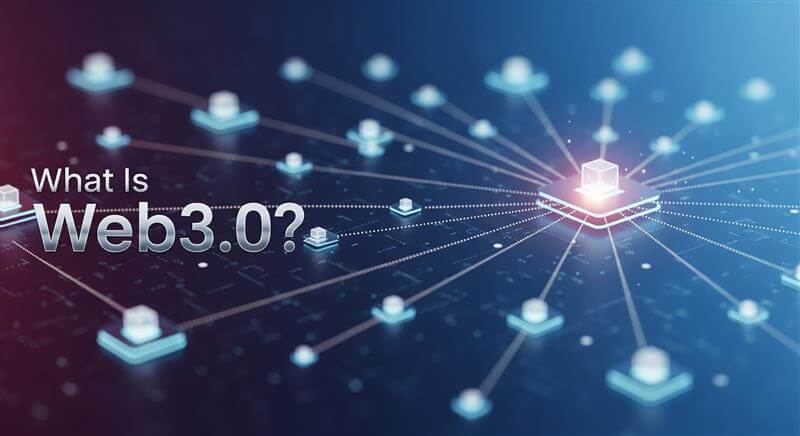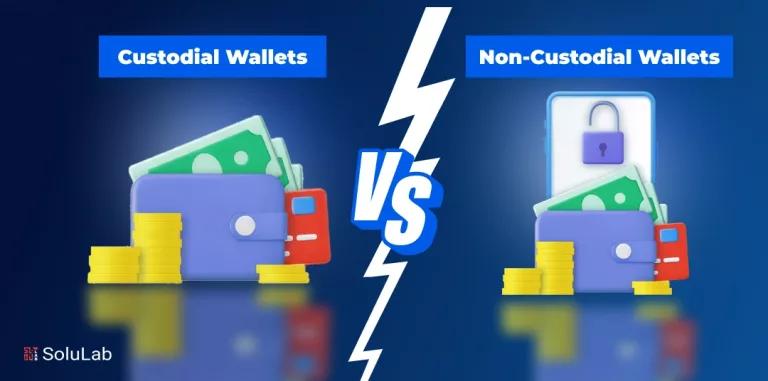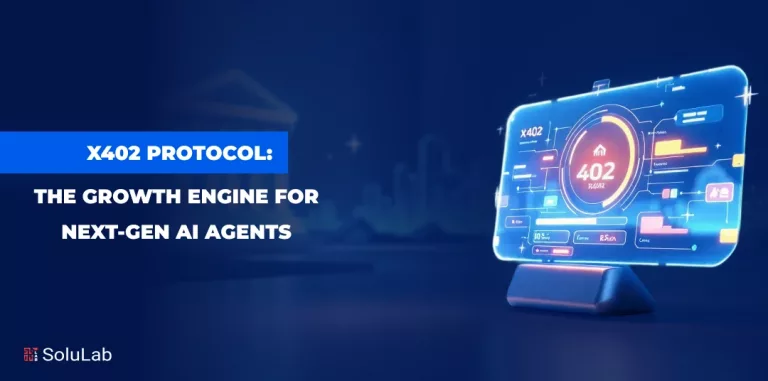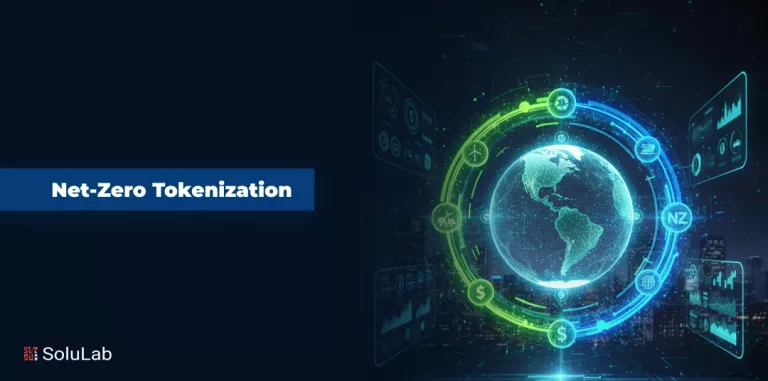
Every few years, the internet seems to reinvent itself. There was the static page era with text-heavy websites and dial-up connections. Then came social media and apps. Web 2.0 made the web more interactive than before. People are talking about the next phase: Web3.0. The name sounds futuristic – but it’s already here in certain corners of the internet.
Web3.0 is about decentralization. That means cutting out the single, central authority controlling everything and instead letting multiple parties share the power. Instead of a website being run by one company, the data and transactions can be spread across a network.
Casino Example – Decentralization in Action
Modern online casinos are one of the clearest examples of Web3.0 in practice. Casino platform controls would historically control every part of the process – payment handling and all the behind-the-scenes data. In a Web3.0 casino, the payment side often runs on cryptocurrency. It uses blockchain networks to process and record each transaction without going through a bank or payment processor.
But decentralization goes further than just how the money moves. Some Web3.0 casinos are built entirely on blockchain systems. The games themselves are verified through smart Web3.0 principles. That means the results are provably fair and visible on the blockchain. PeerGame incorporates provably fair technology for this verification and transparency. There are also ways that people can pay using cryptocurrencies. PeerGame has a large game library – there’s no sacrificing choice for this technology.
It’s a setup that feels very different from the old “house controls everything” approach. It’s also a glimpse of what Web3.0 can mean beyond gambling. It gives users more direct influence and transparency.
A Web Built on Blockchain
The blockchain is at the core of most Web3.0 projects. Think of it as a shared digital ledger that everyone can see but no one can secretly change. This technology powers cryptocurrencies. It also underpins other applications like decentralized finance (DeFi) platforms and blockchain-based games.
In Web2.0, data often lives on a company’s private servers. Web3.0’s blockchain foundation means information can be stored and verified across many computers at once. That makes it harder for a single point of failure to take a whole service down. It can change how people interact with online platforms.
Smart Contracts – The Invisible Middleman
Another key concept in Web3.0 is the smart contract. These aren’t contracts in the traditional legal sense. They’re lines of code that automatically carry out agreed actions when certain conditions are met. In a Web3.0 game, a smart contract might release a prize to a player’s wallet the moment they complete a specific task. There’s no need to have a human approve it.
=Musicians are hoping that this technology provides a new way to handle things like rights management and distribution. New apps and systems to decentralize these elements of music have been launched.
This automation removes the need for middlemen in many situations. Smart contracts can handle payouts and access permissions instantly. They’re visible to anyone who wants to inspect the code. That’s a big shift from the opaque systems most websites use today.
NFTs and Digital Ownership
One of the more talked-about parts of Web3.0 is NFTs. These are non-fungible tokens. While the early wave focused heavily on digital art, the concept of NFTs is much broader.
Musicians have released albums as NFTs, granting buyers special access to bonus tracks or events. Fashion brands have launched digital wearables for virtual worlds. The idea is that an NFT is a unique and verifiable item that belongs to its owner in a way that’s traceable and secure.
Decentralized Apps or dApps for Short
While Web2.0 apps run on centralized servers, dApps (decentralized applications) run on blockchain networks. They can do many of the same things, but they often give users more control over their data and assets.
A dApp for social networking might let users store their profile data in their own wallet, instead of keeping it on a company’s server. If they decide to switch to another platform, they could potentially take their data with them. This is something almost unheard of in the current internet model.
Entering the Web3.0 Era
One of the main differences between Web3.0 and earlier versions of the web is that users aren’t just consumers. They can also be stakeholders. Things like dApps give people more control of their data. People can have a direct role in how the services they use evolve.
Decentralized platforms also help with moving funds and borderless transactions. The new era of the internet incorporates these modern payment options as standard.
Of course, Web3.0 is still developing, and not every project fully lives up to its ideals. Some remain partly centralized. But the revolution is well underway.




